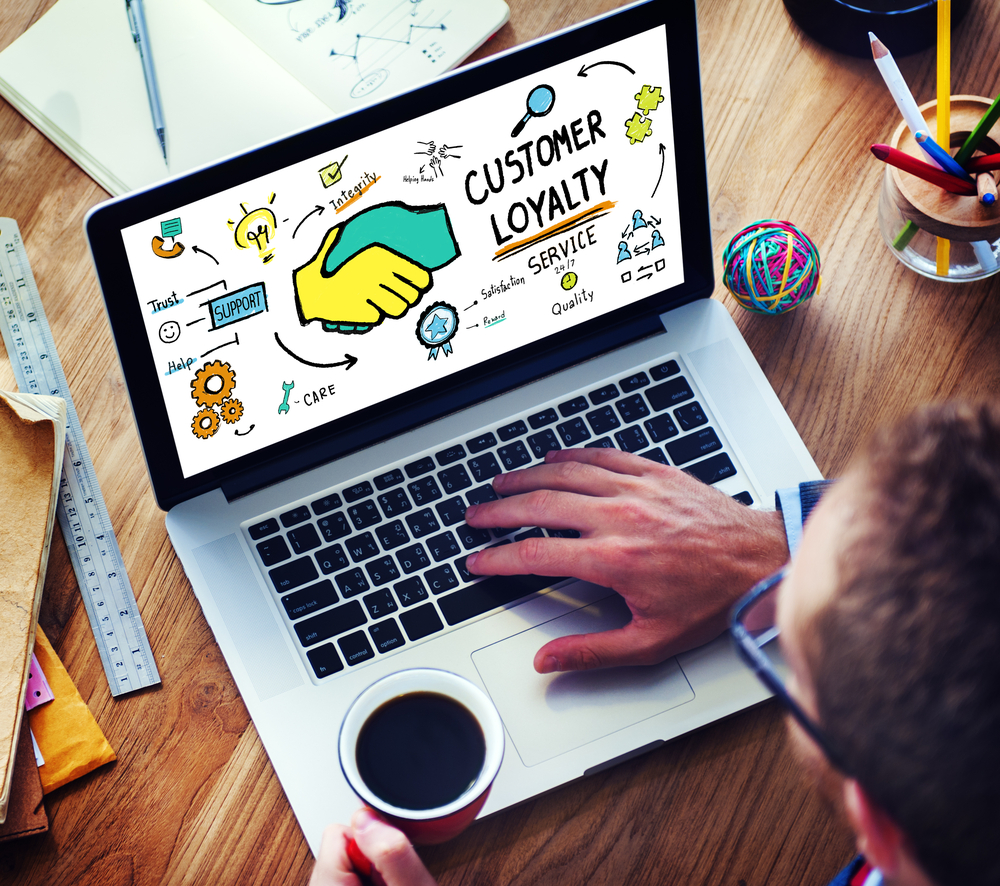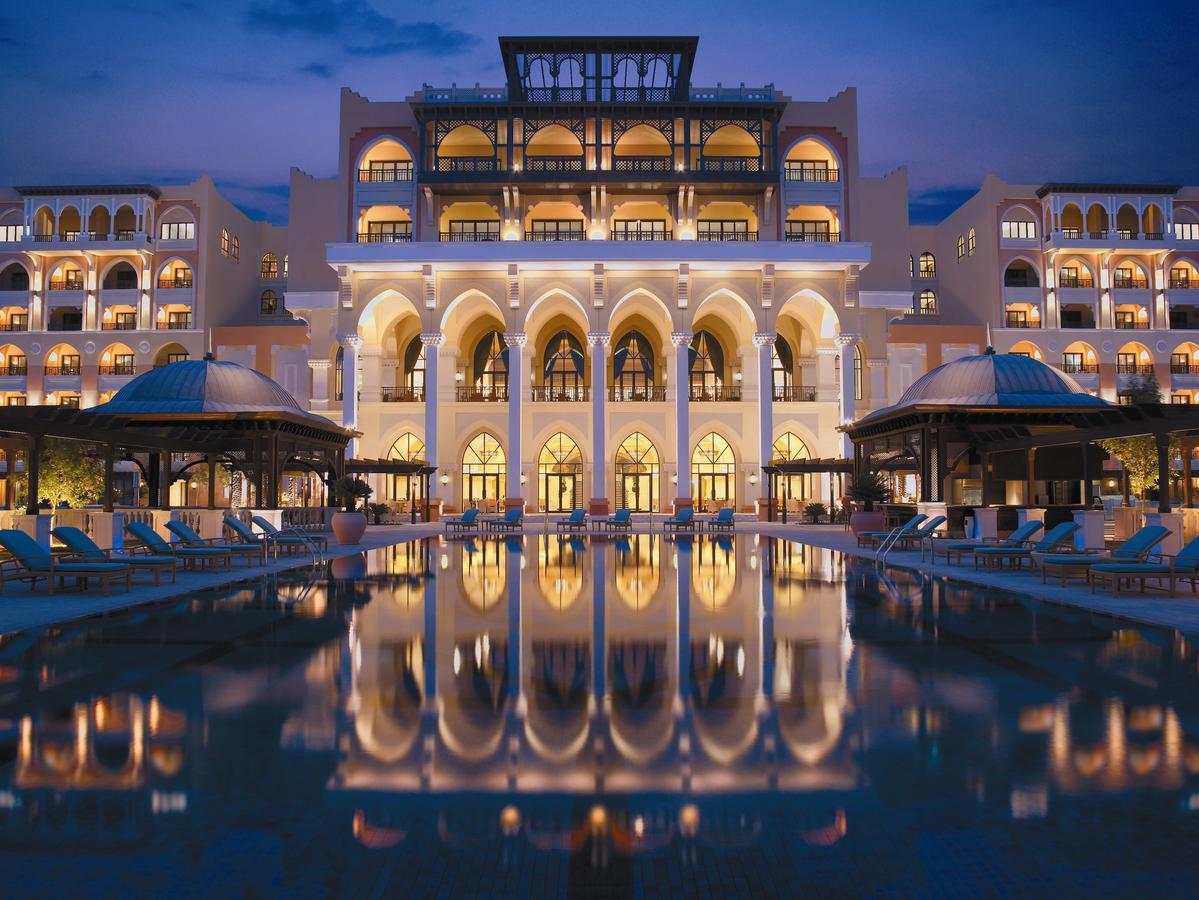Customer loyalty and keeping up with ever-evolving customer expectations
Contributors are not employed, compensated or governed by TDM, opinions and statements are from the contributor directly
Loyalty programmes have steadily been opening up to a wider audience, but many brands are taking steps that are simply derivatives of traditional loyalty schemes rather than outside-of-the-box reboots, which are where the big opportunities lie.
Two trends offer travel marketers a chance to take a quantum leap. First, travel points earned from credit cards is a fast-growing profit centre for many travel brands, and consumers are used to managing and maximising those points. Second, traditional loyalty programmes have evolved to deliver quicker and more flexible rewards to more people. These trends have not only generated massive amounts of data to travel brands, but they have trained millions of people to interact and transact with travel brands every single day. However, travel marketers are not yet maximising the potential, writes Stuart Stacy, vice president and managing director in APAC, for industry analysts ADARA.

Travel brands should consider the move to “loyalty for all” more seriously when it comes to marketing, moving beyond point redemption and gift cards to personalised engagements that learn about consumers and improve in real-time. It’s up to the marketer to look at the customer insights they have and determine where they can improve the experience in smaller, but more pervasive ways. Brands have the chance to let the data tell them when, how and why it would make sense to deliver personalised customer experience to the masses.
Personalisation is the new upgrade, experiences the new currency

Loyalty programmes feel great when you reap their benefits. Who doesn’t want to take a selfie after getting upgraded to first class? The problem has been that too few travellers actually experience these aspirational loyalty programme rewards. And many brands have realised that their loyalty programmes aren’t rewarding enough people, or in enough different ways to retain them.
According to a study by Hilton Honors – which surveyed 2,300 avid travellers aged between 20-45 across 11 Asia Pacific countries – travellers desire more “experience” and “personal benefit”-related rewards through hotel loyalty programmes rather than a traditional “points” system. The research revealed that 1 in 4 Asia Pacific travellers prefer access to premium or luxury experiences as a reward from their favourite hotel loyalty scheme, and 1 in 5 are enticed by redeeming their loyalty points for unique experiences – “experiences” being the key word.
Increasingly, hospitality brands are catching on to the fact that experiential travel is the new normal, and merely offering rewards and points is no longer enough to drive consumer loyalty. Case in point – the loyalty schemes from Hilton, Hyatt and Marriott to IHG Rewards Club, Accor Live Limitless and more – all offer experiences ranging from VIP tours and concerts to exclusive access to sporting events, as well as elevated travel itineraries that go beyond room upgrades.
Loyalty perks that are more experiential and can be experienced more quickly – and by more people – is a surging trend, but there is much more a travel marketer can do to earn even more genuine loyalty from customers.
This year, Carnival Corporation is expanding its Ocean Medallion – a wearable tech device that enables new levels of personalisation – to Australia and more destinations within North America. These “smart ships” not only dramatically increase opportunities for personalised rewards for every single passenger during travel, but feeds data directly back to the company for insights that can drive future efforts. Could loyalty be incorporated in different ways for every passenger once the trip is over? Quite possibly.
Spun another way, The Four Seasons is an example of a brand that has no loyalty programme, but prides itself on offering guests memorable personalised experiences. They boast fiercely loyal fans because they deliver something special to everyone. How can other brands deliver something special beyond gift cards or gas points? With a dedication to personalisation across more aspects of a traveller’s interaction with the brand, marketers can build a brand that almost acts as though the loyalty programme is built into every interaction and experience with the brand, for every traveller.
The trend towards attainable rewards and a broader spectrum of rewards has caught on, giving consumers more flexibility and brands more insights about a broader set of consumer preferences and behaviours. Wyndham Hotels, for example, revamped their programme when they integrated in La Quinta Returns. They returned to a tiered model for redemption with their room night redemption rate lowered to an easier-to-attain 7,500 points compared with the previous flat 15,000 points. This shift appeals to a wider number of travellers, since points can be used across a broad set of Wyndham hotel brands and with car rental, flight and financial services partners.

With Marriott’s new Bonvoy programme, points can be earned without a hotel stay at over 11,000 restaurants around the world, while its Moments platform – offering thousands of destination tours and experiences – simplifies rewards and enables members a holistic travel experience encompassing much more than a hotel stay. Whereas at Hyatt, there seems to be more emphasis on smaller rewards that also deliver customer insights back to the company. The brand now reminds loyalty members in their marketing material that they can redeem points for perks like hot stone massages or breakfast in bed.
Even for the millions of people who travel very rarely, travel brands now play a significant role in personalised rewards day in and day out. Now the challenge is to take these smaller behaviours and build personalised programmes that go beyond point redemption.
Loyalty that improves over time

Today’s loyalty programme is really more like the source of fuel for a larger and more powerful “data programme”, which can allow travel brands to better personalise experiences. These new insights help brands make the most of machine learning to analyse behaviours, generate predictions and recommend messaging, cadence and other dimensions of interaction. This, in turn, has the potential to increase real loyalty through higher customer value, which should increase the brand’s share of wallet with that customer.
Luxury Asian hotel brand Shangri-la Group is adding smart tablets to each room. This type of technology opens up the possibility for millions of very personalised rewards during someone’s stay, from earning a free room-service dessert to unlocking pay-TV channels. This is not only another good example of delivering personalisation that delivers “micro-insights” back to the brand, but it also gives a great avenue for understanding individuals’ price sensitivity as they make the points versus dollars trade-off.
Investment in on-site technology isn’t the only trend in improving individual loyalty. Millennials, in particular, align their spending with the values that matter to them, so the altruism and community support trends are also sure to expand. For example, Singapore Airlines’ KrisFlyer programme partners Make-a-Wish Singapore, so customers are able to choose to donate their miles toward granting wishes of children with life-threatening diseases. Retail brand The Body Shop has a rewards programme that focuses on a mutual cause: animal welfare. Customers are able to choose to donate their points to animal charities such as Born Free USA.
“The path of true loyalty is through effective personalisation”
Many brands are working AI, segmentation and gamification into their version of loyalty. For travellers that care about more than just points, these technologies can further personalise their experiences. For example, Kahn Academy – a non-profit learning resource – keeps its students engaged by enabling them to earn badges for moving quickly through their lessons and getting questions correct. Frequent younger travellers may appreciate a similar engagement opportunity through a mobile app that recognises or rewards them for being eco-friendly (for example, saving their towels overnight to reuse) or helping the hotel streamline processes such as checking out on time.
The path of true loyalty is through effective personalisation. Collecting more traveller insights and delivering more personalised experiences is the whole point of brand loyalty, not just for loyalty programme customers. By expanding loyalty bit by bit, travel marketers grow profits by leaps and bounds. For real transformation, feeding that loyalty data into a truly personalised approach is the game changer brands need to keep customers over the long term.


Comments are closed.